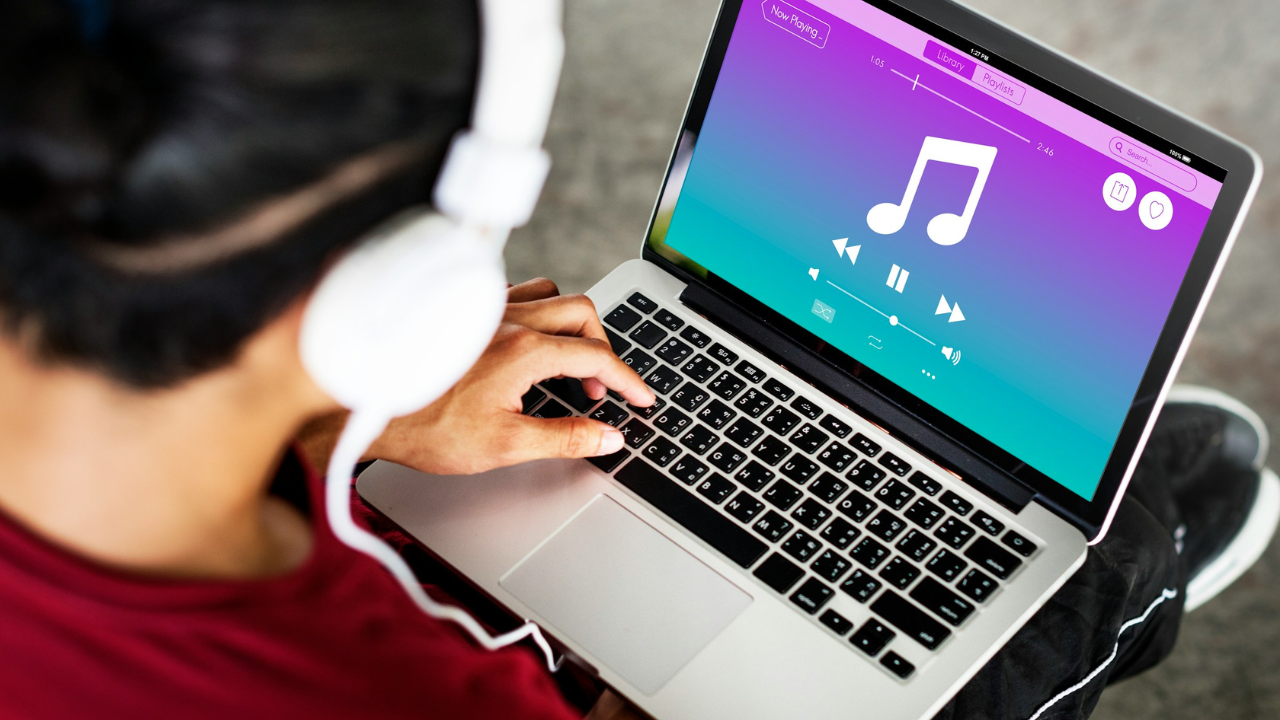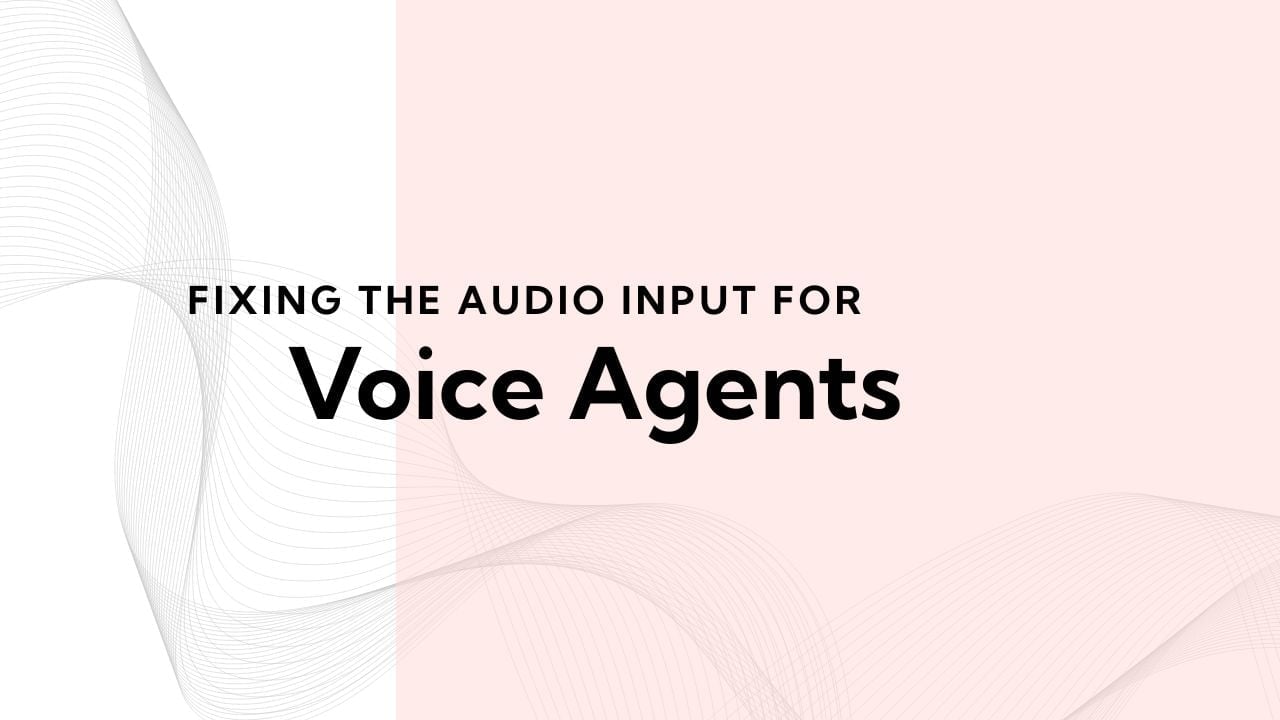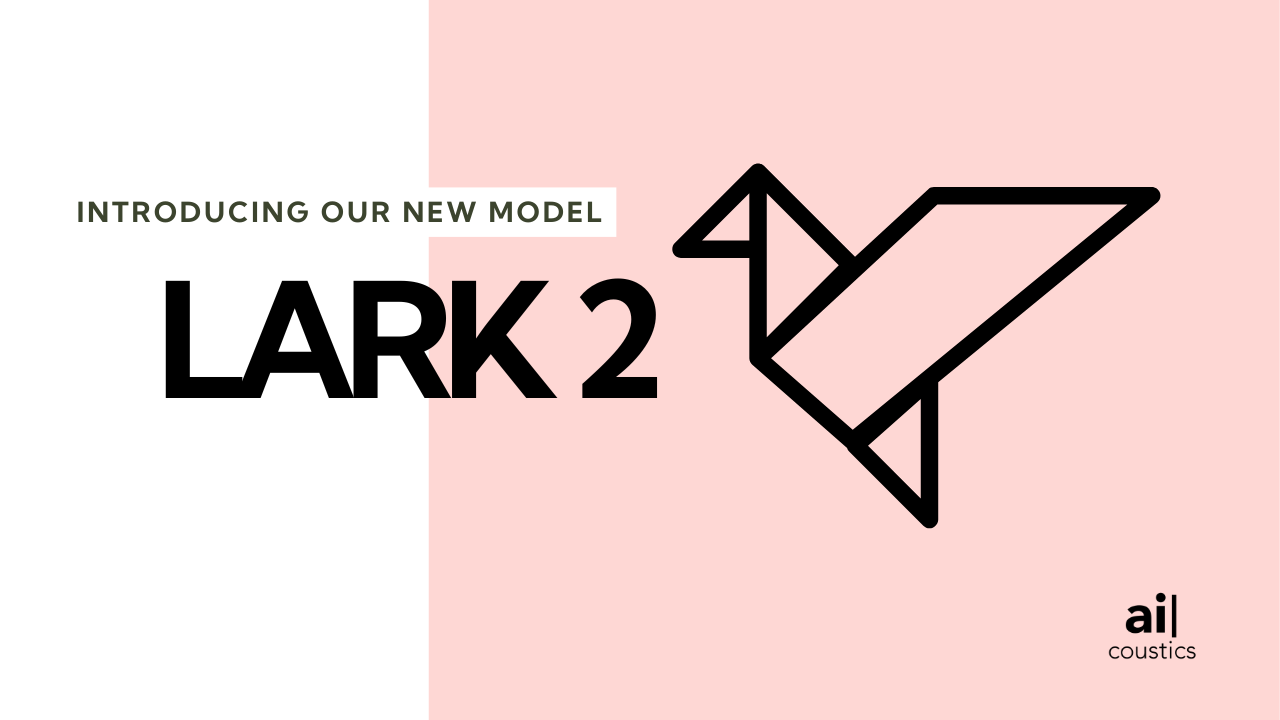Key takeaways
- Across a range of industries including broadcasting, education, audio devices, content creation and more, accessibility is an issue
- Studio-quality sound is accessible sound, making a massive impact on listeners
- By reducing technical and financial hurdles, new audio technologies also foster greater inclusion and diversity in media and communication
- From education to healthcare, improved audio clarity is proving critical for enhancing learning, accessibility, and life-saving communication

For a long time, audio has been all-important… and out of reach. Logistics, education or budget frequently get in the way of providing quality audio to audiences. And this isn’t just a case for individual creators but for enterprise companies working across a range of technological or process shortcomings. Traditionally, studio-quality audio has required experts in-house, advanced studio set-ups, substantial budgets or simply more time than companies had to invest.
That’s why at ai-coustics one of our key values is accessibility. Bringing AI-powered speech enhancement to the world is a question of democratizing technology. Already, we’ve seen the transformative impact our tech has on a variety of industries, and we want to continue to push technology in new directions.
Here are just a few ways our speech enhancement technology is going to make studio-quality audio accessible for all.
What accessibility issues face the audio industry?
First things first, let’s break down the main challenges that keep people from providing or enjoying studio-quality audio:
- Financial barriers: Professional-grade audio typically requires expensive microphones, acoustic treatment, and recording spaces. These costs are out of reach for many individuals and small organizations.
- Technical barriers: Producing clear audio involves specialized knowledge of recording and post-production, which can be a barrier for those without formal training.
- Environmental challenges: Background noise, poor recording conditions, and remote locations significantly degrade audio quality, particularly for journalists, educators, or field workers.
- Disabilities: For individuals with hearing impairments or processing disorders, unclear or noisy audio exacerbates difficulties in understanding speech.
- Global inequality in media representation: Audio quality disparities skew media accessibility and representation, particularly for regions or communities with limited infrastructure.
Here at ai-coustics our question is: how do we correct these issues and create solutions tailored to each industry?
Telling global stories at scale
High quality reporting involves a lot of moving pieces. Across radio, broadcasting and television, audio is an integral component of all storytelling, and it comes with a range of challenges.
Field reporters, especially those working in challenging or underrepresented regions, often struggle with poor audio quality due to environmental noise, which has implications for how stories are shared and consumed. But AI-powered speech enhancement can improve reporting from remote locations, allowing journalists in conflict zones or underserved regions to deliver clear audio and impactful stories without distractions. It means that journalists can focus on the story at hand, rather than any technical considerations, and it means that audio engineers save time and resources in preparing the audio for air, especially during a time crunch.
Similarly, our tech has the power to amplify diverse voices by reducing technical barriers. It allows broadcasters to fulfil their remit and ensure that stories from all regions have a fair chance of reaching audiences in professional formats.
When it’s time to scale, too, AI-powered speech enhancement makes a massive difference. By automating time-consuming processes, improving field reporting capabilities, and enabling real-time enhancement, this technology allows broadcasters to produce more content at higher quality and faster speeds. For an industry that thrives on immediacy and reliability, AI-powered audio tools are not just an advantage—they’re becoming a necessity.
Accessible audio for every student
Understanding is everything in education. And sound clarity makes a massive impact on students: even in traditional classrooms, for every 10-decibel increase in classroom noise, students’ language and math scores decrease by 5.5% on average. And on the opposite side of things, when audio is clear, memory retention and test scores improve by up to 35%.
But EdTech comes with a range of challenges, especially maintaining quality audio across a range of technological and locational divides. Students with hearing impairments or those studying in noisy environments are disproportionately affected by poor audio. And teachers, who should be focusing on their crucial work, too often must lose time fixing technical problems or spend their own money on quality devices.
Here, the potential for AI-powered speech enhancement is massive. By improving audio clarity in remote learning situations, our tech allows all students, regardless of their physical environment, to engage fully in lessons.
It also boosts inclusion for disabled students, by aiding students who rely on captions or transcription tools by improving the accuracy of speech-to-text conversion.
And it ensures that teachers can focus on what really matters: their lessons.
Explore more solutions for education here
Democratizing content creation
Content creation is often seen as the realm of the privileged. But when diverse voices gain access to content, the stories we see — whether they’re a single person’s vlog or an up-and-coming podcast studio with different perspectives — are transformative and powerful.
However, both independent creators and students often find the high cost of audio equipment and the knowledge required to achieve professional sound quality prohibitive. And quality matters: Research shows that audiences are significantly less likely to engage with or believe content recorded with low-quality audio.
Already, more than 300,000 content creators have turned to us as a solution. By using ai|coustics, creators no longer need to invest in expensive studio set-ups: a simple microphone and a recording run through our tech produces high-quality results, with no formal training required. Instead, our tech automates noise reduction, equalization, and other complex tasks.
Along the way, AI speech enhancement empowers individuals from all backgrounds to share their voices and stories, leveling the playing field and enriching the content landscape with diverse perspectives.
Improving lives through technology
Hardware has massive potential to make our lives better, whether it’s listening to our favorite podcast as we walk down the street or crucial medical interventions like hearing aids. Some industries are built on devices, and when things go wrong, the effects can be manifest, like in industries including customer service and teleconferencing, where poor audio quality leads to miscommunication, frustration, and inefficiency.
In other industries, like healthcare and critical communication, quality of life or life itself is dependent upon professional and easy communication. This makes our SDK, which seamlessly integrates into your existing device or software’s application to enhance audio, a crucial intervention across multiple industries.
Experience the difference
Wherever required, our tech enhances speech in real or near-real time, offering noise-free and clear audio to ensure everyone has the same chance to communicate.
Ready to try it for yourself?



